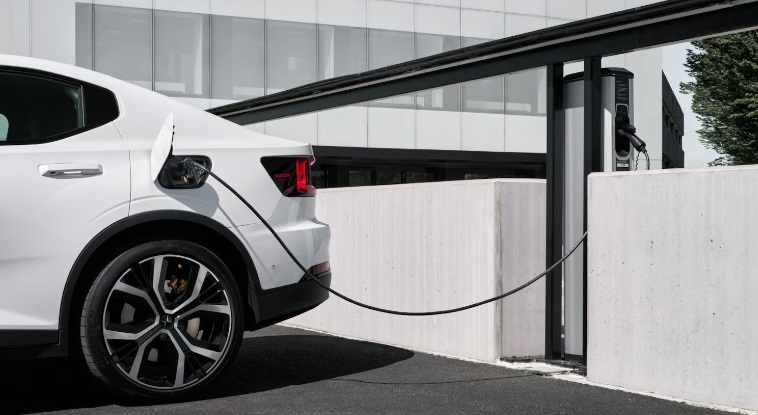Sweden is the second highest country for electric vehicle sales per capita after Norway.
To continue driving the transition, the government is investing in charging infrastructure.
“In general, there is no government support for purchasing cars, but there is for charging infrastructure,” says Kurt Högnelid, CEO and Co-Founder at Waybler, in conversation with Mobility Portal Europe.
He adds, “There are 50% subsidies for charging boxes and installation, including fast charging, even if you want to do it at your own home. Support is available for all types.”
For example, the “Ladda bilen” grant allows investment in charging stations at homes and workplaces.
This grant can be applied for by condominium associations, companies, and other organisations wishing to provide charging for electric vehicles to residents and employees.
It covers up to 50% of the costs, with a maximum of 15,000 Swedish kronor per unit. Applications are always open with no set deadlines.
Regarding zero-emission commercial vehicles—such as vans, trucks, and buses—the Swedish Environmental Protection Agency also offers “Ladda bilen” grants for various types of alternating current (AC) charging infrastructure, whether for residents, employees, companies, or organisations.
Furthermore, those interested in building public charging stations must submit a bid to receive investment support from Klimatklivet, which provides up to 70% of the investment cost.
The best bids from a geographic area have the opportunity to receive funding.
The next consultations will be on 18 and 29 November this year, with calls for proposals from 20 January to 7 February 2025.
Additionally, Energimyndigheten, the Swedish Energy Agency, offers up to 850 million Swedish kronor to expand charging infrastructure for heavy vehicles in Sweden and the European Union (EU).
Financial aid is available for business owners, and buyers and operators of heavy road transport.
pplicants can receive support covering 50% for small enterprises, 40% for medium-sized, and 20% for large companies.
Projects in less densely populated areas may receive an additional 5%. Applications are open, and the deadline to apply is 31 October.
While government subsidies have led to numerous initiatives for installing charging infrastructure, the private sector is also making significant strides.
Mobility Portal Europe provides an overview of how the plans for installing charging stations are progressing in Sweden.
ABB will install chargers for heavy transport at Ragn-Sells facilities
In mid-August, ABB E-mobility announced the installation of 18 Terra High-Power (HP) chargers at Ragn-Sells facilities, capable of charging more than 120 vehicles per day.
The initiative was supported by the Swedish Energy Agency’s “regional electrification pilot,” a programme that invests up to 350 million Swedish kronor in charging infrastructure projects that promote the growth of heavy transport electrification.
“We chose ABB E-mobility because of their expertise in building and supporting charging infrastructure and that knowledge is critical for establishing long-term, sustainable return on investment for these sites, says Erik Wastesson, Project Manager at Ragn-Sells Treatment & Detox AB.
Ten chargers in Marieholm in Gothenburg (four) and Skepplanda in Ale (six) are operational today while a site in Högbytorp is set to go live with the remaining eight shortly.
“We’re proud to support Ragn-Sells in deploying solutions that ensure that every electric kilometer driven translates to maximized uptime, increased reliability, and low operation costs,” states Oliver Johnson, Northern Cluster Sales Lead at ABB E-mobility.
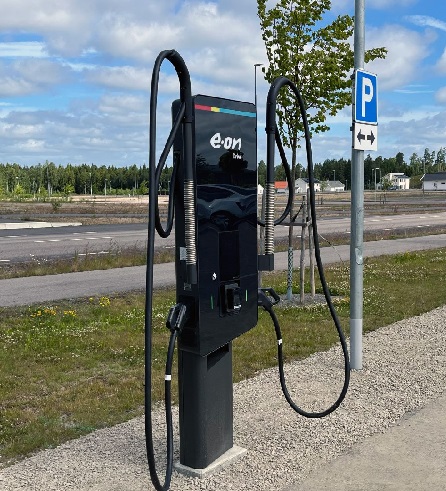
E.ON drives EV charging in Sweden
E.ON has numerous stations across Europe.
In Sweden, one of its latest initiatives involves the public opening of new chargers at Paradisskolan in Älmhult.
A total of ten charging points were installed, including one fast charger with a maximum power of 50 kilowatts and four alternating current (AC) devices of up to 22 kilowatts.
Milence is developing three charging parks for eTrucks in Sweden
The first of these parks is planned for Varberg, between Gothenburg and Malmö.
In the first phase, it will feature eight charging bays and four Combined Charging System (CCS) chargers, each with 400 kilowatts and two connections.
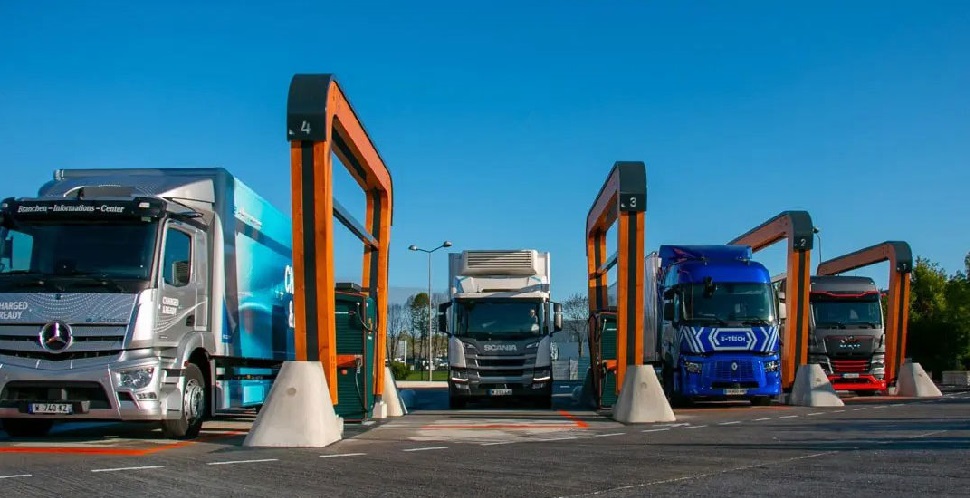
In the second phase, additional stations are expected to be built, and Megawatt Charging System (MCS) technology will be incorporated.
At the end of April, Milence announced its second centre in Sweden, located in Ödeshög, 260 kilometres from Stockholm and 350 kilometres from Malmö along the E4 motorway.
The first phase will launch with eight charging bays equipped with high-performance CCS chargers, each capable of delivering up to 400 kilowatts of power; the second phase will expand the facilities to 16 charging bays and is expected to include MCS technology.
“This centre not only enhances our network but also strengthens the green corridor between Stockholm and Malmö, marking a significant step in our commitment to electrify Sweden’s major transport routes,” indicates Anja van Niersen, CEO of Milence.
Additionally, the company has recently announced a third centre, which will provide greater coverage for trucks along the country’s main logistical routes.
It will be located in Åstorp, near the E4 motorway, and will initially feature four CCS charging stations, each with a capacity of up to 400 kilowatts.
In the second phase, an expansion to eleven stations is planned, and MCS chargers will be made available subsequently.
Niam Infrastructure and Nima Energy are investing in ultra-fast charging
Both companies began collaborating in 2022 to fund ultra-fast charging infrastructure for electric vehicles. Now, users can see the results of this collaboration.
Nima has set a goal to build 150 ultra-fast charging points from Stockholm to Skåne.
“We have an ambitious target of establishing a total of 1,250 charging points in the Nordic region by the end of 2026, with Sweden as the first market,” said Marcus Landelin, CEO of Nima Energy.
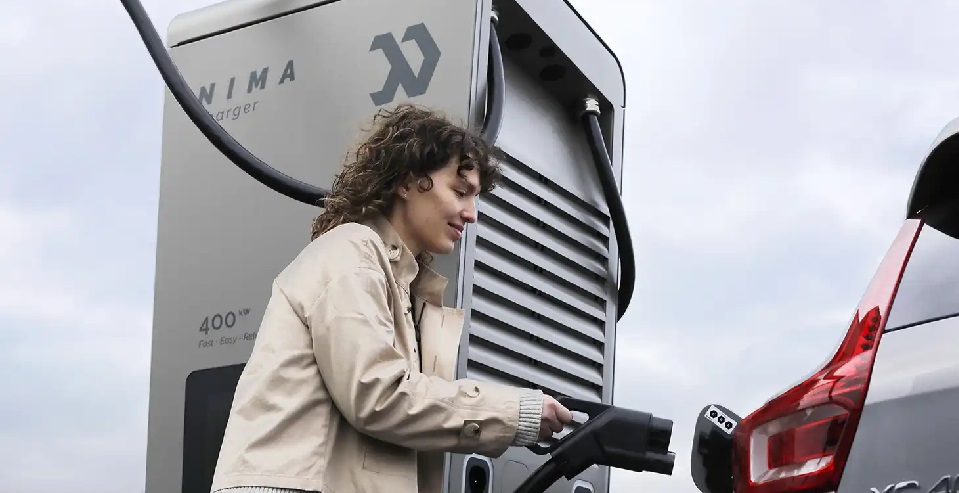
It is worth mentioning that the company is progressing with the installation of ultra-fast chargers in Stockholm.
In fact, another of their electric vehicle charging hubs is already under construction in the capital, this time on Ringvägen.
Currently, the company is building eight new ultra-fast charging points at this location, each with an installed capacity of 300 kilowatts, allowing each device to deliver up to 300 km of range in just 15 minutes.
In addition, NIMA Energy has also started work on 16 new charging points on Valhallavägen and 14 on Gustavslundsvägen.
Nobina installs chargers for eBuses in Stockholm
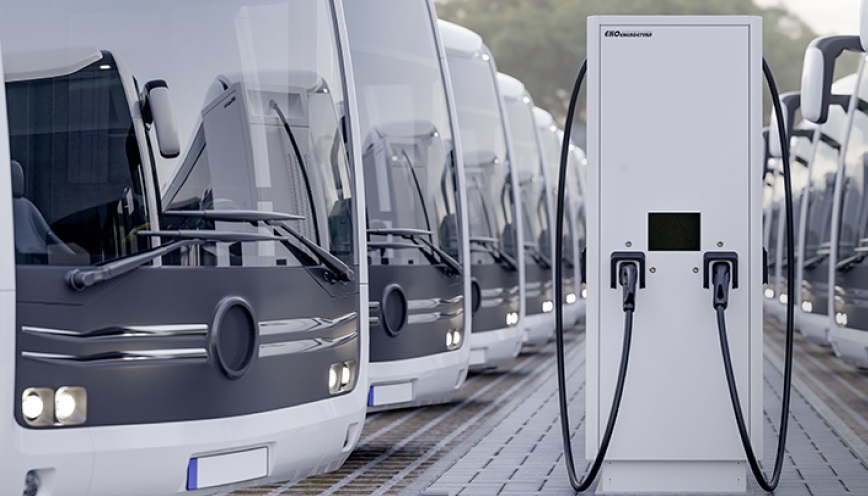
At the beginning of 2024, it was announced that Nobina, the largest public transport operator in Scandinavia, would receive chargers from Ekoenergetyka.
The chargers, with capacities of 120 and 180 kilowatts, will be installed at four bus depots by the end of this year.
Nobina, which operates the largest emission-free bus fleet in Scandinavia and employs 13,000 people across four countries, has distinguished itself as a leader in sustainable urban mobility.
St1 Nordic Oy is building infrastructure in Sweden
St1 has strategically positioned itself as a provider of electric vehicle charging infrastructure, leveraging its own network of retail service stations with convenience stores and cafés in attractive customer locations.
The company has invested in a network of high-performance charging (HPC) stations on motorways and metropolitan locations across Norway to meet the growing demand.
It is now building infrastructure in Sweden and Finland in line with the rapidly growing electric vehicle fleet.




